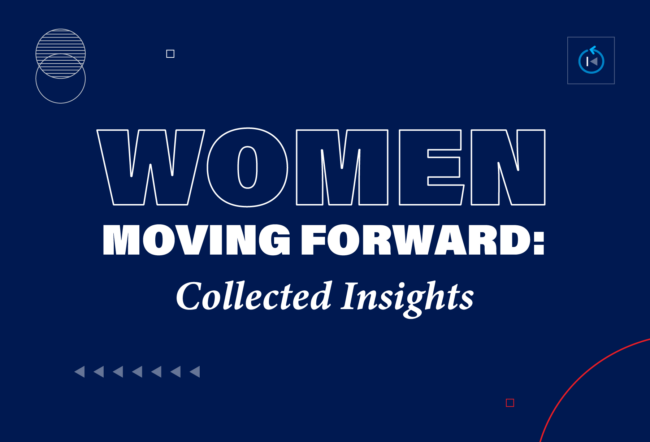In this response to a recent Knowledge at Wharton opinion piece about how physicians choosing to rely on experience over evidence leads to higher health care costs, Wharton health care management professor Mark Pauly notes that improved information may not lower spending, and that often the more expensive treatment is also the more effective one. He also emphasizes the role that the creation of more effective models of care play in spurring all players in the health care system to make better choices between increased costs and improved outcomes.
The American health care system would surely work better if all physicians responded to new evidence on what kinds of care work better as soon as that evidence is definitive. That sturdy truism is at the valid core of the essay, “What Really Stands in the Way of Cutting Health Care Costs” by Ngan MacDonald and Walter Linde-Zwirble that appeared on Knowledge at Wharton (July 31). But the consultant-authors of the essay ironically overstate the evidence that such a policy would lower medical care spending, and they provide almost no evidence that there exist feasible ways to get doctors to respond faster. The argument that focusing on physician response to evidence would be an effective (much less the best) way to control cost is not one for which there is a lot of support.
There has been considerable emphasis in medical circles on “evidence-based medicine” as a tool for improving the quality of care, although that discussion dealt much more with the need to develop better evidence on what clinical treatments work best in the vast areas of practice where such information is imperfect. As part of the Affordable Care Act, the federal government is spending millions on studies to determine which clinical treatments are more effective through a new agency called the Patient Centered Medical Outcomes Institute (PCORI).
But there is already research suggesting that improved information on comparative effectiveness (from PCORI or other sources) may not lower spending. While it is surely possible to find examples of situations in which current clinical practice in the absence of good evidence may favor a higher cost strategy than the one which, after evidence is collected, turns out to be more effective, there are also examples where the more effective treatment costs more than the less effective one. It is an empirical question with two parts: How often is the more effective treatment cheaper? How often are physicians mistakenly choosing the less effective treatment?
“But there is already research suggesting that improved information on comparative effectiveness (from PCORI or other sources) may not lower spending.”
On the first point, a research team from Wharton, Penn Medicine, and Pfizer, Inc., recently reviewed a database of the thousands of studies of comparative effectiveness and comparative costs of a variety of clinical interventions, most of them novel. We found that in only about a quarter of the studies was the more effective treatment the one with lower cost. However, we found better news about a more relevant issue: In more than four out of five studies, the more effective treatment was worth the additional cost. If in these instances doctors had switched to the more effective treatment, in the great majority of cases that would have led to care of enough value to justify the cost, even if the cost would have been higher. In such cases, net value, not cost containment for the sake of cost containment, should be our social goal.
Effective Choices
The second point deals with whether doctors make clinical choices that would be altered by better evidence, when and if such evidence becomes available. One example in the essay — of efforts to identify patients at high risk of hospital readmission — assumes (but provides no evidence to prove) that there are things doctors could do to reduce the likelihood of readmission once the patients likely to be readmitted were targeted. There are programs evaluated by rigorous research that reduce readmission rates, and they show that the best interventions emphasize non-physicians (specially trained nurses or community-based workers). There is, of course, much that physicians can do in terms of explaining what to expect after discharge to patients and being available if problems arise that can head off readmissions, but their role in transitional care (and their willingness to respond to evidence on how to perform that role) is only part of an effective plan.
“In such cases, net value, not cost containment for the sake of cost containment, should be our social goal.”
Moving toward a medical care system that provides greater value relative to cost, and reduces cost where value falls short, is a task that will require many changes — in provider payment, in tax subsidies to “Cadillac” health insurance, in information to engage consumers, in teamwork among medical care providers, and in changes in the community to reduce the risk of illness and injury. The diffusion of information among physicians about improvements in clinical care appears to be fairly rapid in general though there are, of course, examples of resistance and delay. Often that delay occurs because the evidence is not conclusive or fully persuasive; it is interesting that the example of physician delay in the essay — of failure to adopt a new sepsis drug — was, with the benefit of hindsight, a prudent choice because subsequent clinical information showed that the costly drug failed to demonstrate a survival benefit, and so was withdrawn from the market at the request of the FDA.
Beyond exhortation to pay attention and do better, it is likely that effective systems to increase physician attention to evidence will not be able to be imposed by regulation or direct government programs, but will need to be embedded in improved models of care delivery that rely on better reimbursement and organizational structures that provide stronger motivation to acquire and use information, such as the Accountable Care Organizations for Medicare that are part of health reform. Even there, the jury is still out on the overall and cost effectiveness. My expectation is that improvements will come from improved incentives to all players for making better choices between increased cost and heightened outcomes. Spending growth is already slowing as some incentives are changing, so there is reason for hope — but still a long way to go.



